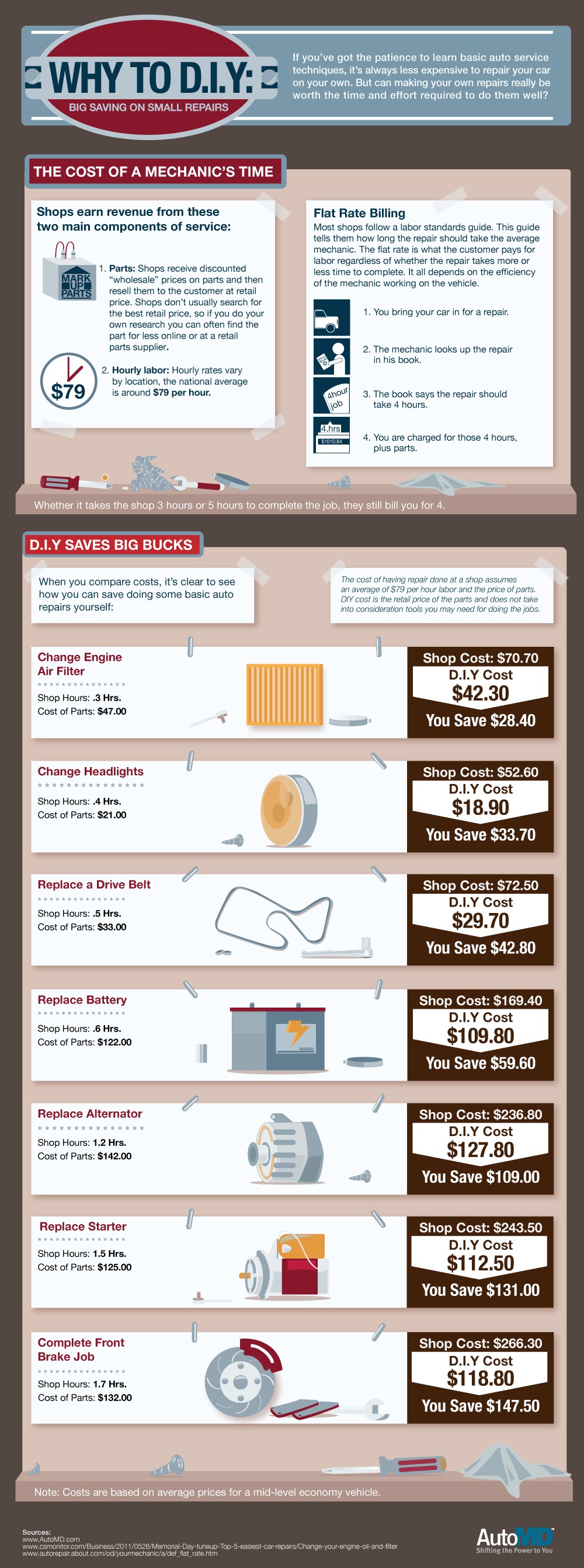Analyzing Your Vehicle'S Alert Lighting: Their Real Effects
Analyzing Your Vehicle'S Alert Lighting: Their Real Effects
Blog Article
Authored By-Boye Alvarado
When you're behind the wheel, those radiant warning lights on your dashboard can be a little bit complicated. Do you understand what they're trying to tell you regarding your cars and truck's health? Understanding the value of these lights is important for your safety and the durability of your vehicle. So, the next time among those lights appears, would not you intend to decipher its message precisely and take the essential steps to resolve it?
Common Caution Lighting and Interpretations
Identify usual warning lights in your auto and understand their meanings to guarantee safe driving.
One of the most common warning lights consist of the check engine light, which signifies issues with the engine or discharges system. If https://simonsnhcv.wssblogs.com/32125550/astonishingly-practical-mobile-cars-and-truck-outlining-solutions-not-just-save-you-time-and-money-but-also-boost-your-automobile-s-durability-uncover-just-how-they-can-change-your-regular comes on, it's critical to have your vehicle checked without delay.
The oil pressure warning light suggests low oil pressure, needing instant interest to avoid engine damage.
A flashing battery light might suggest a defective billing system, potentially leaving you stranded otherwise resolved.
The tire stress surveillance system (TPMS) light informs you to reduced tire stress, influencing car security and gas performance. Disregarding this could cause risky driving conditions.
The abdominal muscle light shows a problem with the anti-lock braking system, jeopardizing your capacity to stop rapidly in emergencies.
Finally, the coolant temperature alerting light warns of engine getting too hot, which can cause serious damage otherwise solved promptly.
Understanding these common warning lights will certainly help you address problems quickly and keep risk-free driving problems.
Value of Prompt Focus
Comprehending the usual caution lights in your car is only the first step; the importance of without delay dealing with these cautions can't be highlighted sufficient to ensure your security when traveling.
When a warning light brightens on your dashboard, it's your automobile's method of interacting a possible issue that needs attention. Ignoring these warnings can lead to more extreme troubles in the future, endangering your safety and potentially costing you more out of commission.
marine detailing services to advising lights can stop malfunctions and accidents. For instance, a flashing check engine light might indicate a misfire that, if left neglected, can create damages to the catalytic converter. Addressing this immediately can save you from a costly repair service.
In a similar way, a brake system cautioning light could indicate low brake liquid or used brake pads, important parts for your security when driving.
DIY Troubleshooting Tips
If you discover a warning light on your control panel, there are a couple of DIY fixing ideas you can attempt before seeking specialist assistance.
The first step is to consult your cars and truck's manual to comprehend what the particular caution light indicates. Often the problem can be as straightforward as a loose gas cap triggering the check engine light. Tightening website may deal with the problem.
One more usual concern is a reduced battery, which can cause different alerting lights. Inspecting the battery links for deterioration and guaranteeing they're secure could fix the problem.
If a warning light persists, you can attempt resetting it by disconnecting the cars and truck's battery for a few mins and afterwards reconnecting it. Furthermore, checking your vehicle's liquid levels, such as oil, coolant, and brake liquid, can help repair advising lights connected to these systems.
Verdict
To conclude, recognizing your cars and truck's warning lights is crucial for maintaining your vehicle running efficiently and safely. By quickly addressing these alerts and recognizing what they suggest, you can prevent pricey repairs and potential break downs.
Keep in mind to consult your automobile's guidebook for particular details on each cautioning light and take action as necessary to guarantee a trouble-free driving experience.
Keep educated, remain risk-free on the road!
